| Your browser is not supported. | ||
|
Please browse our site using any of the following options:
| ||
Reflections Of Kokoda - Personal Picks & Highlights

At this time of year, as ANZAC Day approaches, I would normally be somewhere remote along the Kokoda Track. But with COVID-19 changing the current landscape of the world right now, guiding groups of people in the outdoors (let alone overseas in Papua New Guinea) is obviously off the table. Things will return to normal eventually and soon enough Adventure Professionals will be back on the trails, but this year will have to be different.
What this down time has done, however, is given me an opportunity to reflect on the 75+ treks I have undertaken and what the most memorable parts of a Kokoda trek are. The fact is, there are so many things to take in along the Kokoda Track from the people to the villages to the incredible terrain and scenery. Everyone will have their own unique way of processing the experience and therefore their own different highlights, but through my Kokoda Track podcast these are the three things that come up most often and ones I certainly agree as the biggest highlights of the Kokoda Track.
Brigade Hill & Isurava Battlefield
The entire military history of the Kokoda Track and the significance it played in the South Pacific during World War II makes the trek just as much an emotional journey as it is a physical one. For me, Isurava Battlefield (the Memorial Site) and Brigade Hill stand out as these were two major battles where the Australian and Japanese forces clashed in an effort to gain ascendency and control of the overall battle.
They also stand out from a trekking point of view because depending on which direction you hike the Kokoda Track, you will come to these points when you're quite fatigued and after having really experienced a large chunk of the track, its terrain, the weather, the pressure on your knees etc. The emotion that comes out when you've gone through all of that can be overwhelming - then when you pause to remember the soldiers who fought there in 1942 it really hits home.
Acknowledge the importance of the Kokoda history and what it signifies.
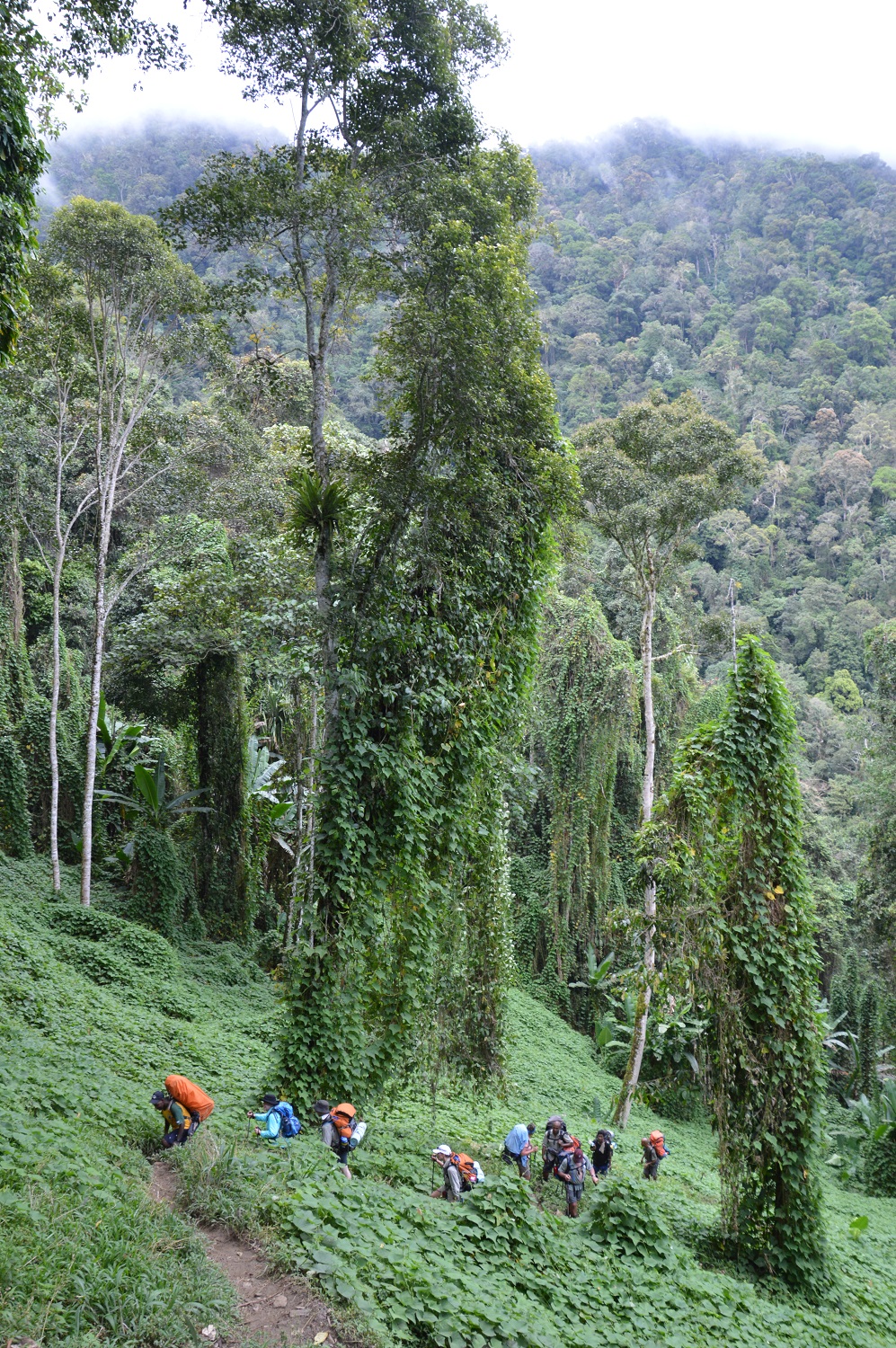
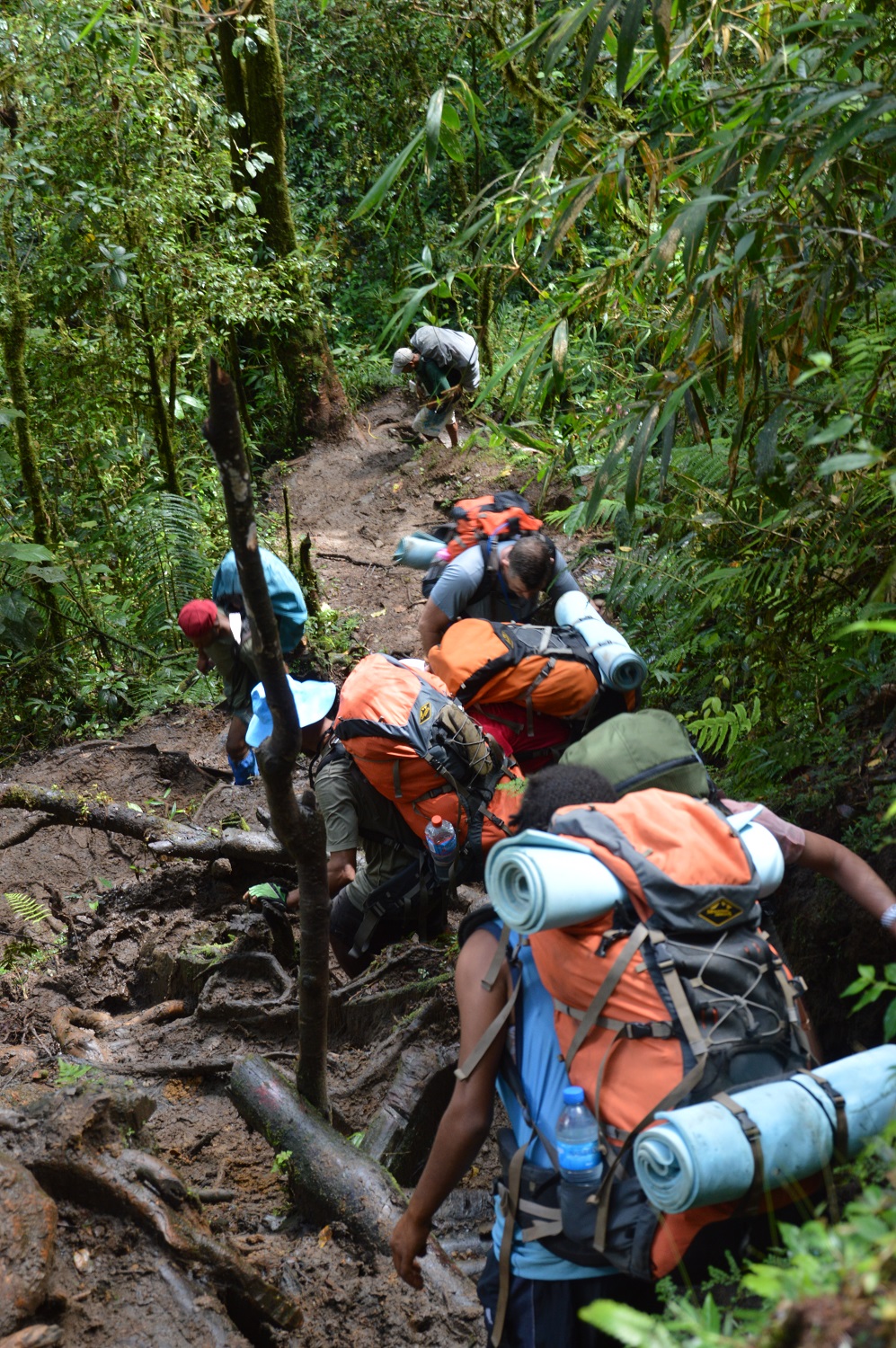
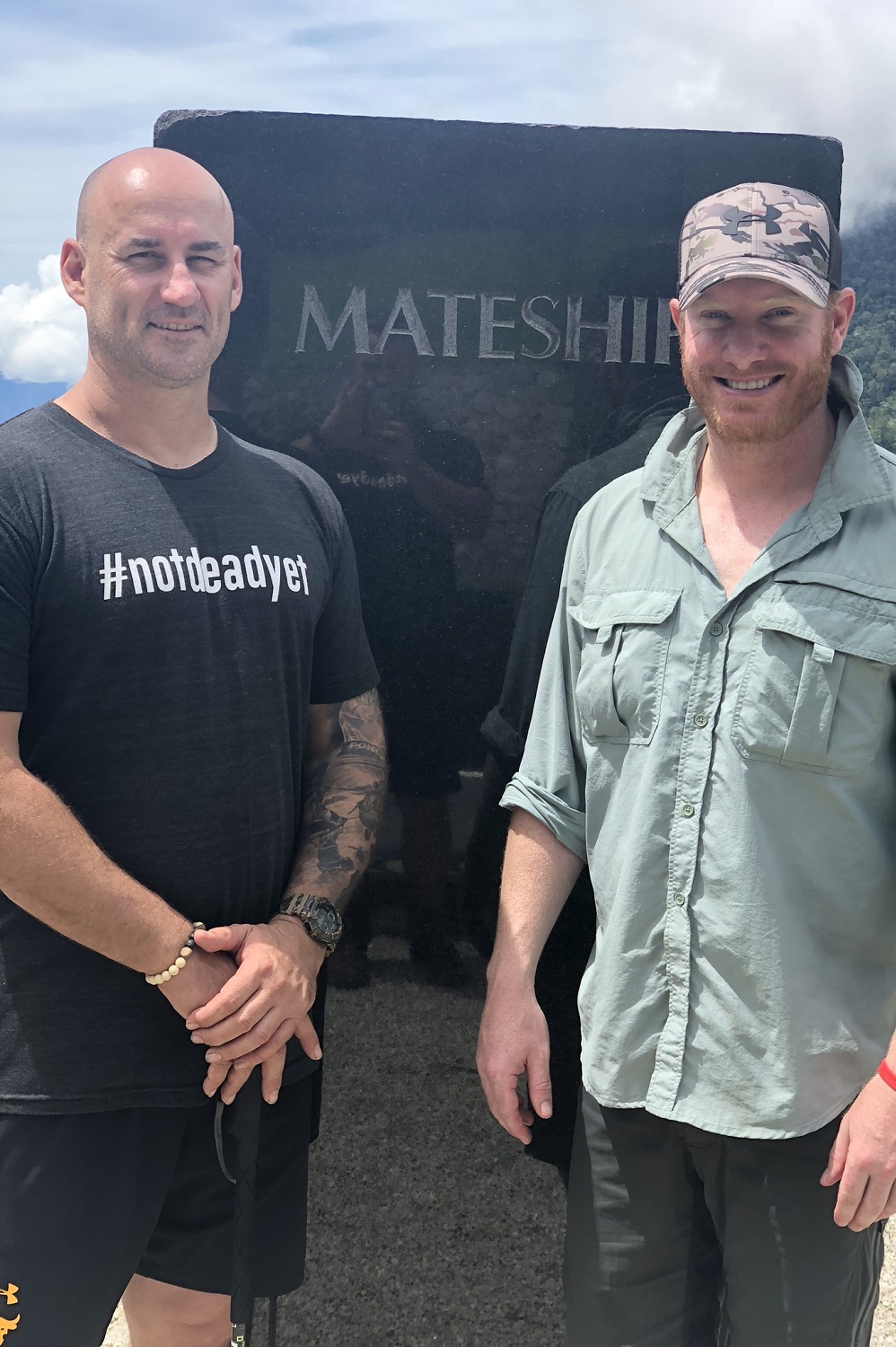
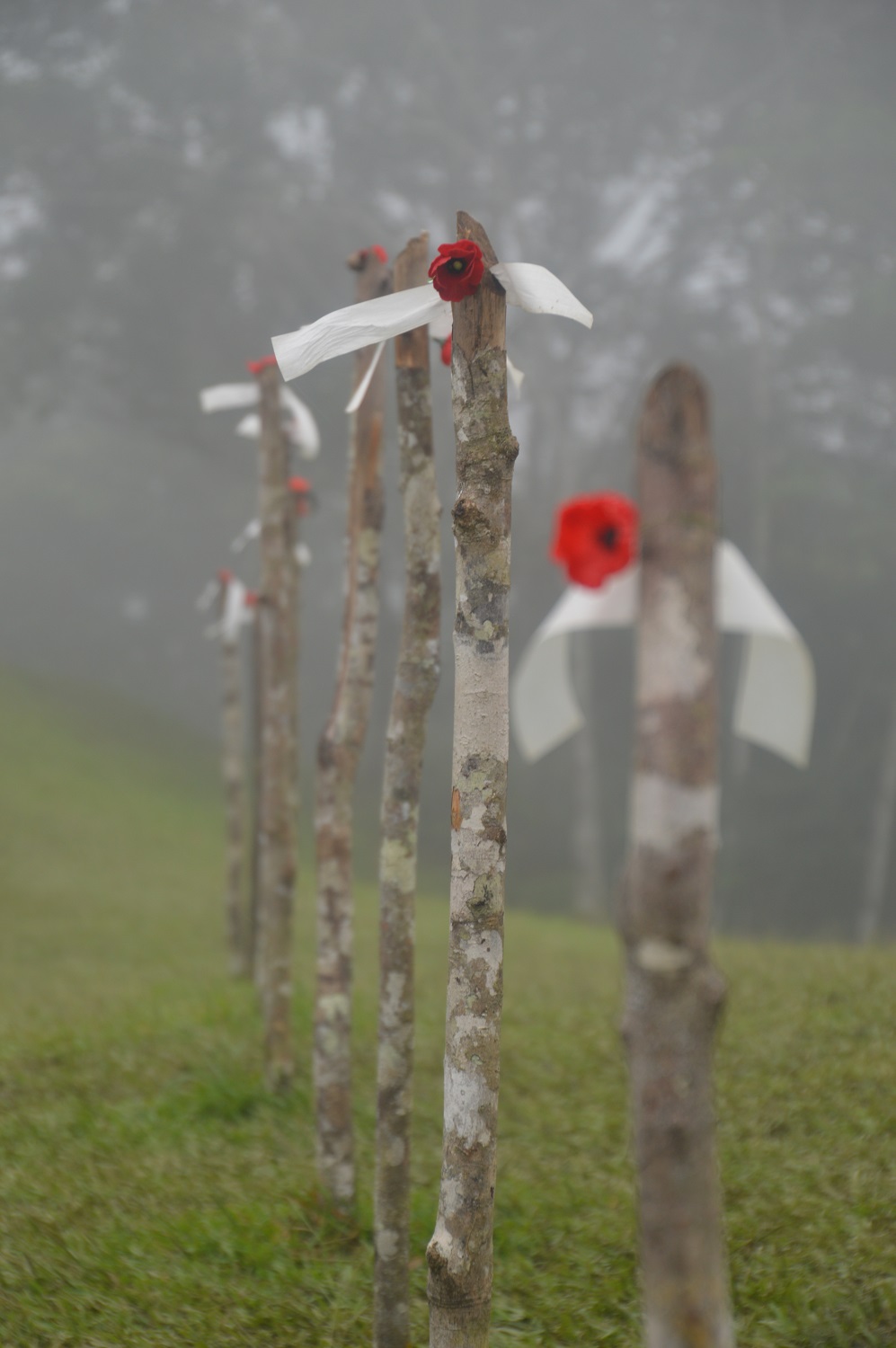
The Kokoda Track is both a physical and mental journey, but above all else is an incredible means to better understanding the sacrifices those before us made so we can live our lives as we do today.
The Local PNG People
It's important to remember that as proud as we are of the Australian soldiers of 1942, the PNG people are equally as proud of their Fuzzy Wuzzy Angel forefathers. It's a huge honour for them to work on the track and be a part of this experience with you, but also to be a modern day representative of those who went before them.
The best way to immerse yourself in the culture of the PNG people is to spend time talking with your local porters and to the local villagers. When you get down time in the villages - especially of an afternoon when you've finished trekking for the day - go for a walk and introduce yourself to local people. Ask them about themselves, their culture and local village life. You'll gain some insights that no Australian trek guide can truly give you.
I am a former soldier of 17 years and I am very focused on the military history of the Kokoda Track because that's my specialty. I have a great connection with Kila Eddie (my head guide and best mate from Alola Village) but even after 18 years I realise I am not a local so the best people to talk about village life is the people who live it.
Take the time to get to know them.
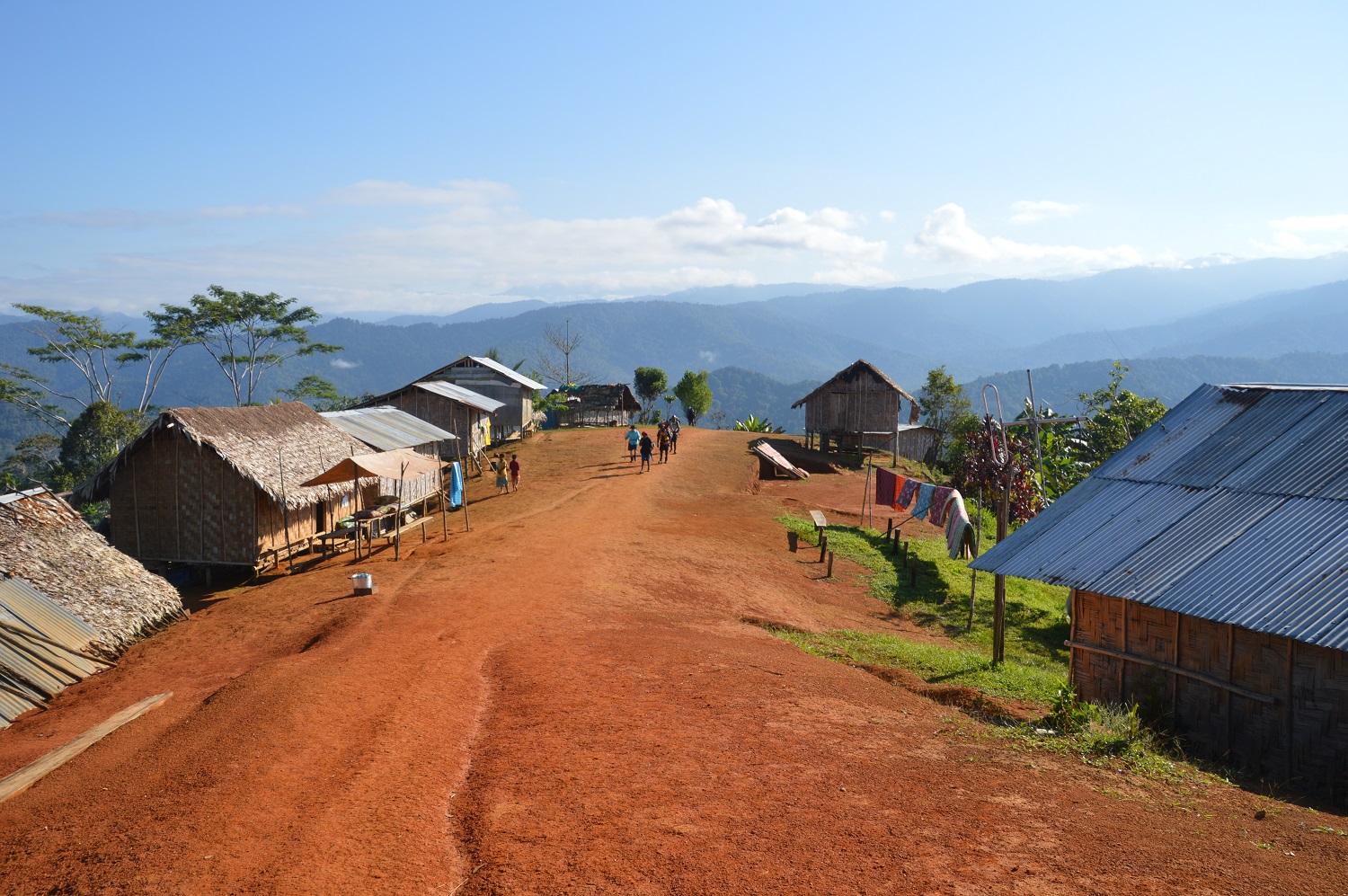
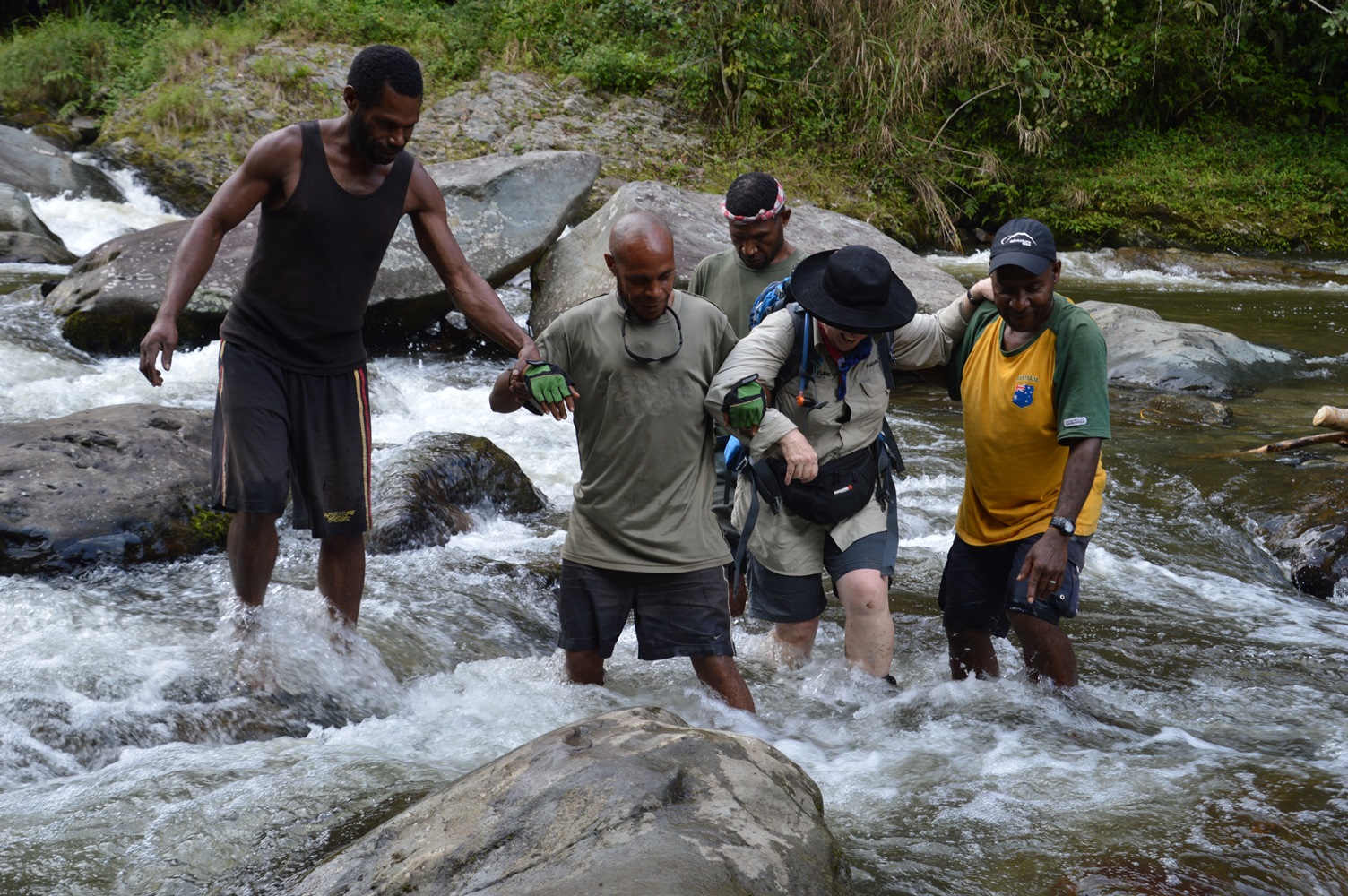
A local village (left), and some of our guides (right), who are some of the most friendly, warm and gentle people you could meet.
War Sites
There are numerous war sites along the track that have been uncovered over the years. Even in 2019 there was a large cache of Japanese mortars, grenades and munitions uncovered just outside of Alola on the way to Eora Creek. Every few years another site is found, which is unsurprising when you consider that 30,000 Australian and Japanese soldiers waged war for six months in this campaign.
When these sites are found the local villagers will set them aside where they found them and ask a small fee for you to visit. Generally, around the 10 Kina mark (approx. $4 AUD). I have heard people complain about this and not want to pay but honestly, I feel like you're missing out and all for the sake of $4. Remember that the local community benefits directly from this and it goes a long way to building good relations and good will with the local people not to mention it enhances your experience as well.
Remember the past and have gratitude for the present.
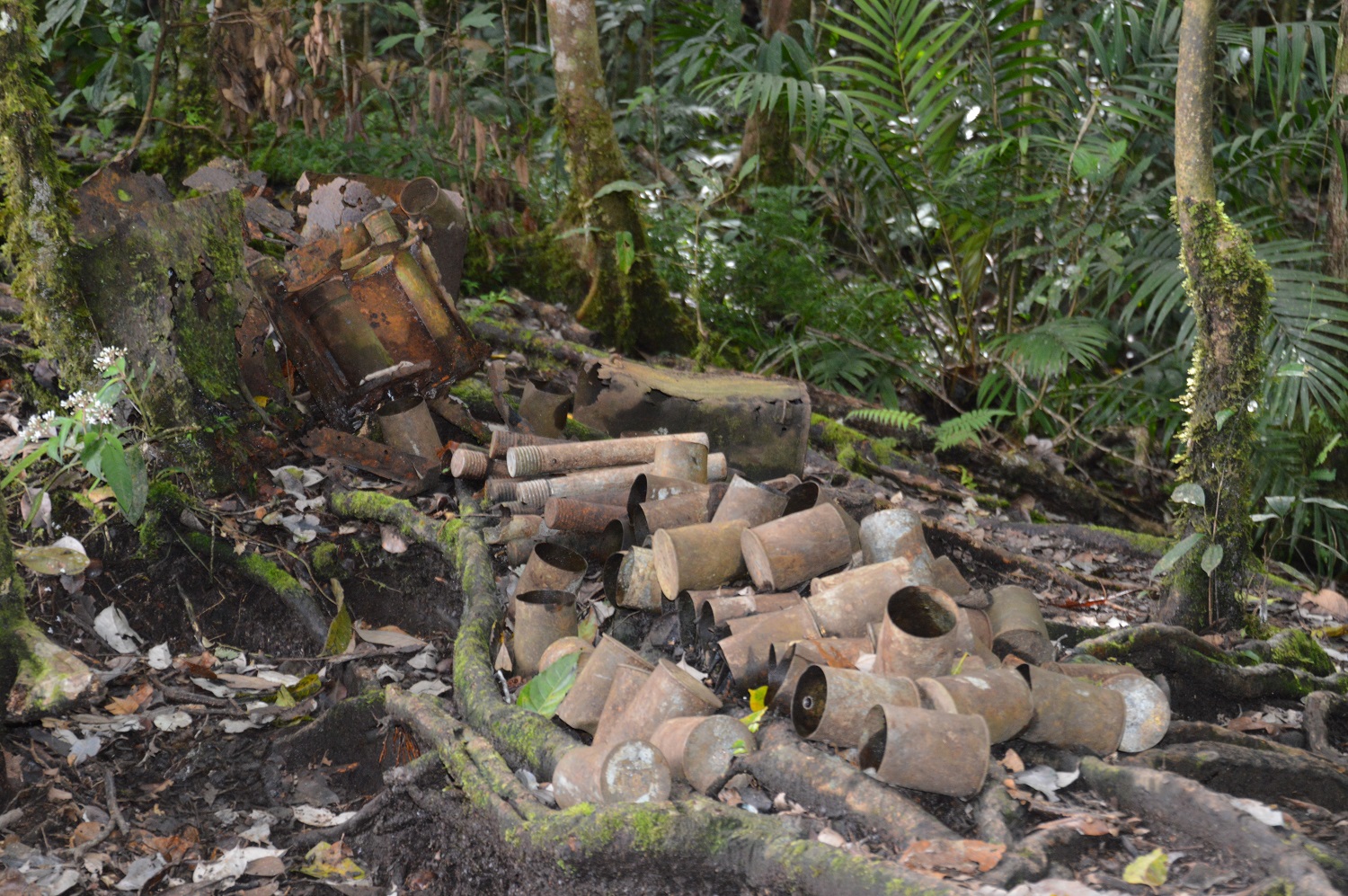
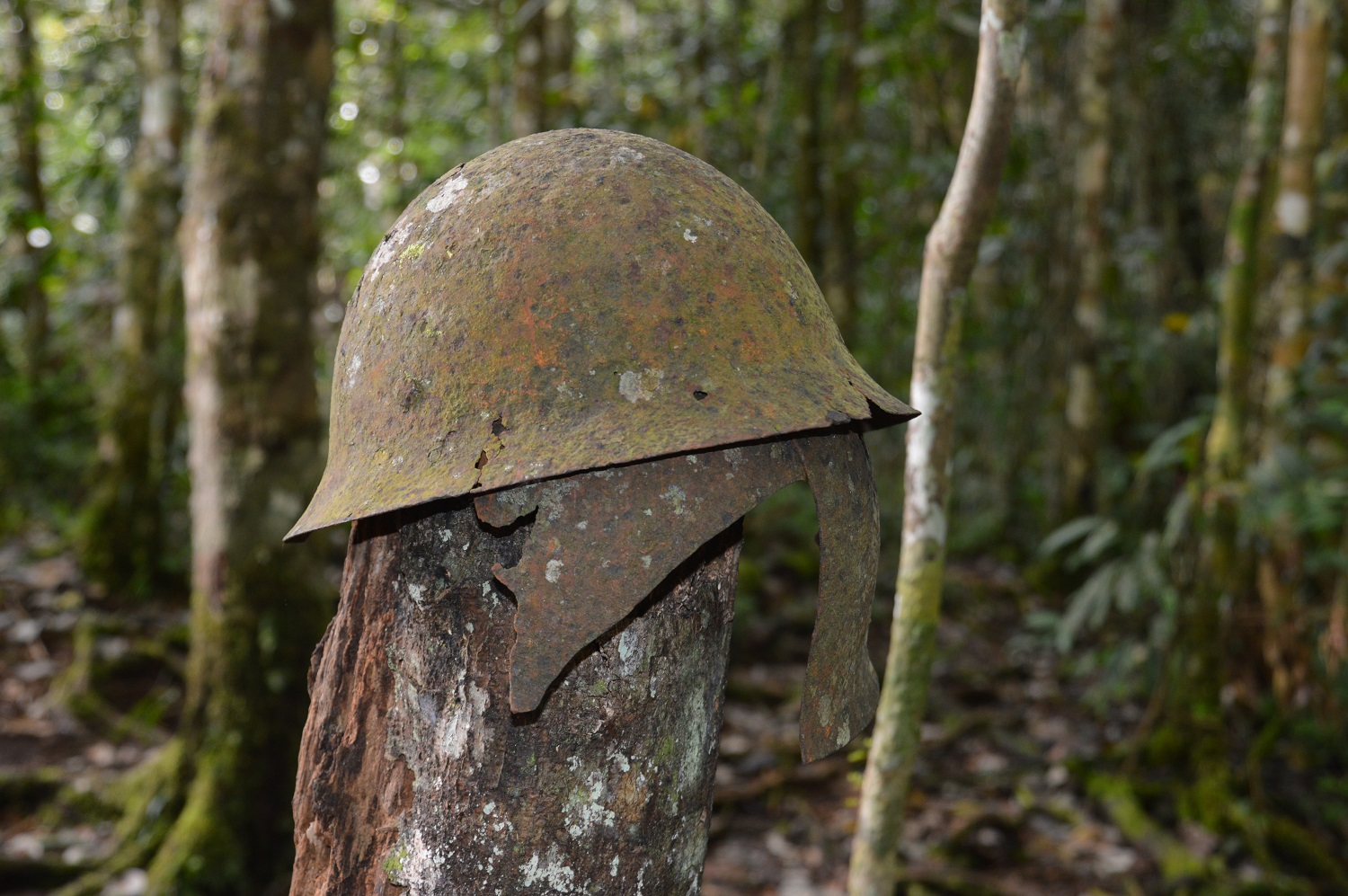
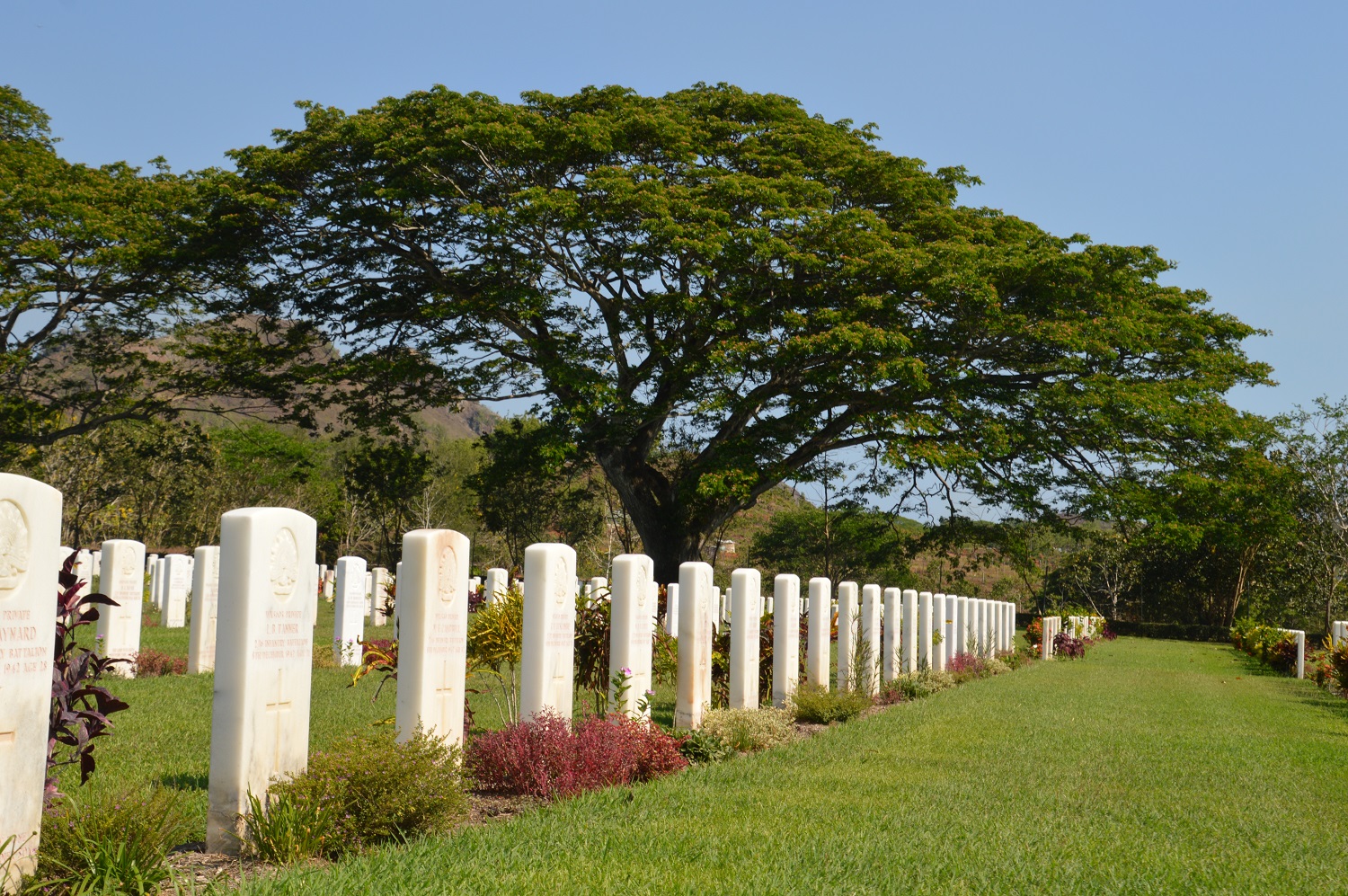
Relics from the past can be found along the track, reminding you of the significance of this region.
Conclusion
In my opinion, these are three of the biggest highlights not to be missed along the Kokoda Track. Those who have trekked Kokoda may well have some different ones for themselves but most of all I encourage you to take the time to look around, take in the experience and appreciate the surroundings as best you can, because the trek is over all too soon and you don't want to miss out by just wanting to get through it.
Stop and smell the roses.
Photo Credits
All images supplied by Glenn Azar & Adventure Professionals:
- Instagram @adventureprofessionals
- Website https://www.adventureprofessionals.com.au/